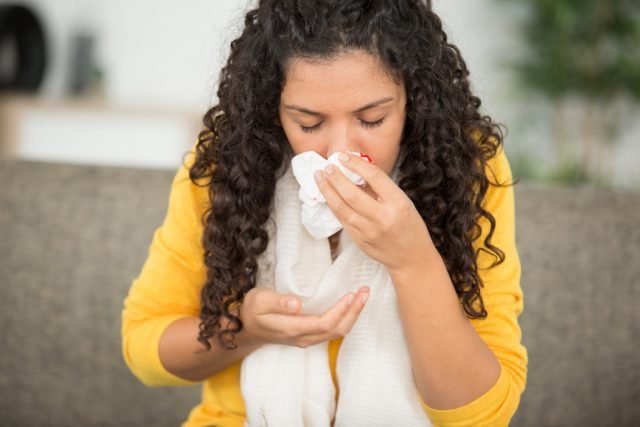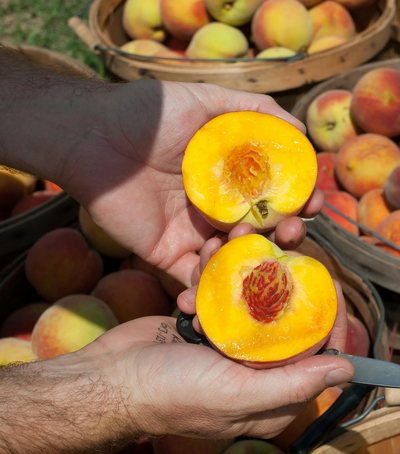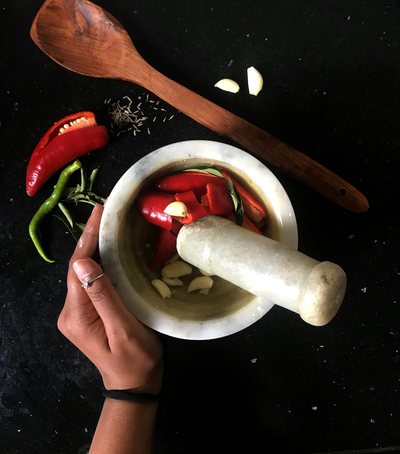
In some places where the winter is very cold, for some people, nosebleeds can be a frequent occurrence. The likelihood of nosebleeds is greater in winter because warm indoor air can dry out the nasal passages and make the small blood vessels inside them more delicate. Nose bleeding occurs when these small vessels pierce or break. It may be enough for a cough, a sore throat, a nose wipe, etc. for that to happen.
Sometimes bleeding occurs at the back of the nose, called posterolateral bleeding. Or there may be anterior bleeding at the front of the nose.
In general, nosebleeds can be very common and occur more often in adults aged 50 - 80 years. In some cases, they can recur, usually as a result of allergies, infections, irritation of the nose, itching, etc. Also, some medicines, especially blood thinning medicines (against the creation of blood clots), can increase the risk of nosebleeds.

To stop the bleeding of the nostrils, first slightly flush the noses, then tighten the nostrils with two fingers for 10 - 15 minutes. Stand leaning forward so that you do not swallow blood, and breathe in by mouth. Applying a cold compress or a little ice on the nose can also help, Do not lie down, bend your head backwards, and put nothing inside your nose. If bleeding does not stop after 20 minutes, seek help from your doctor.
Source: Health Journal





